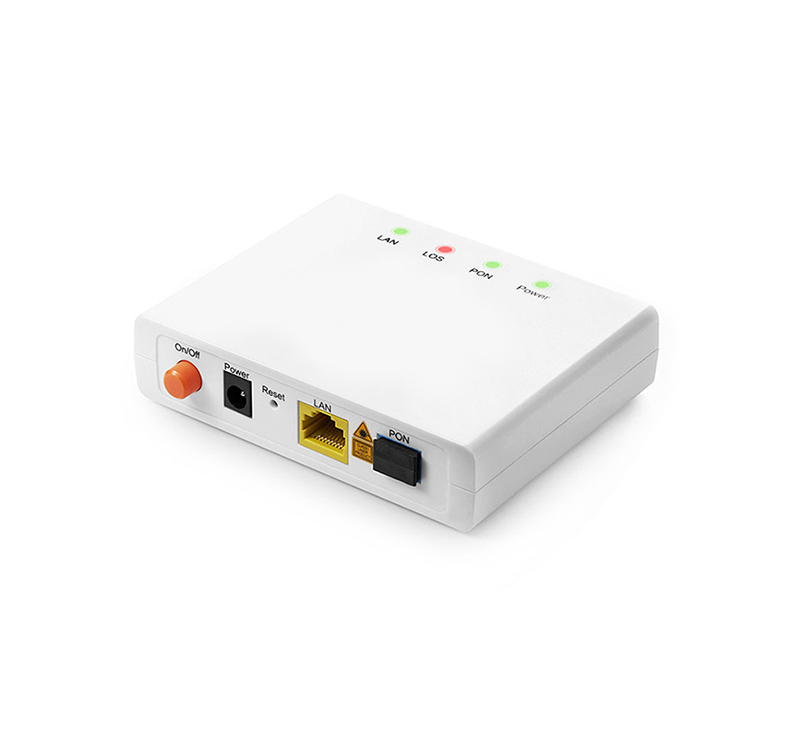Wire and cable can be identified from the following aspects
1) Copper material: High-quality cables use high-purity oxygen-free copper, the copper core is bright in color, and the surface of poor copper wires is dull.
2) Plastic: The plastic uses high-quality virgin plastic, which has good bending performance and will not produce texture when bending the cable. Poor recycled plastic will have obvious texture after bending several times, and break after bending many times.
3) Foot square: Copper is a precious metal. If you lose a little in the diameter of copper, you can reduce a lot of raw material costs. In this case, you need to use a micrometer to measure the diameter of the copper wire. If you don't have a micrometer, an easier way is to take the whole coil of wire and weigh it to see if it's much lighter than a good quality cable. Or you can refer to the nominal weight given by the factory. The nominal weight given by some factories is on the low side, so naturally the product quality cannot be guaranteed.
4) Foot meter: It may be more difficult to detect the number of meters with hands and feet, because customers generally do not have the equipment to actually measure the number of meters, and the same weight measurement method can be used to know whether the cable is full of meters. Or it is a good way to have the rice label printed in the factory, but it should be noted that there is no way to print the rice label for lines with a diameter of less than 5mm.
5) Accessories: In order to ensure the roundness of the cable, a filler will be added to the core of the multi-core cable, and the thickness of the sheath will be thicker. If the cable you get is not round, it means that the filler is added. There are few, and the sheath is made thin.
6) Wire bundles: Multi-strand copper wires will be bundled during production to improve the tensile properties, roundness, electrical properties and tightness with the insulating layer of the copper core, but the amount of copper used will increase due to bundled wires. , so many factories omit this step. The way to distinguish is to cut the core wire of the cable to see if the copper wires inside are regularly twisted together.
6) Braiding: For cables with copper mesh braid, the braid accounts for a large part of the cost of the cable material, and the coverage of the braid directly affects the electrical performance of the cable. At the same time, the tight braid can increase the strength of the cable. Reduce the degradation of the electrical performance of the cable in the bent state. Therefore, it is an important means to distinguish between good and bad cables to see whether the braided layer has high coverage and uniform and fine braiding.
7) Foaming: Some cables need to foam the insulating layer to enhance their electrical properties. Foaming mainly includes chemical foaming and physical foaming. Chemical foaming does not require special production equipment, so the price is low, but the size of the bubbles produced varies. , poor electrical performance. Physical foaming requires expensive production equipment, but the bubbles produced by it are uniform and fine, and in the bent state, the attenuation is small, and it has good electrical properties. The core wire of such a cable can be cut open to observe whether its foam layer is even and dense.


2. The importance of foot rice and foot formula:
The raw material cost of cables is very high, and the excessive competition in the domestic market has led to many manufacturers fiddling with the raw materials of cables, but this may lead to very serious consequences.
1) For cables that transmit power, if the copper wire is thin, it will cause the conductor resistance to increase, generate heat, cause heat generation, and even cause fire.
2) Cable material with poor insulating layer will lead to poor heat resistance and premature aging. If it is a flexible wire, it will also lead to rupture after repeated bending, resulting in the danger of electric shock.
3) If the sheath layer is too thin, the durability will be reduced. It should be noted that the cable is generally used for more than 10 years.
4) Cutting corners in other processes will lead to a serious decrease in the transmission bandwidth and distance of the signal line.











